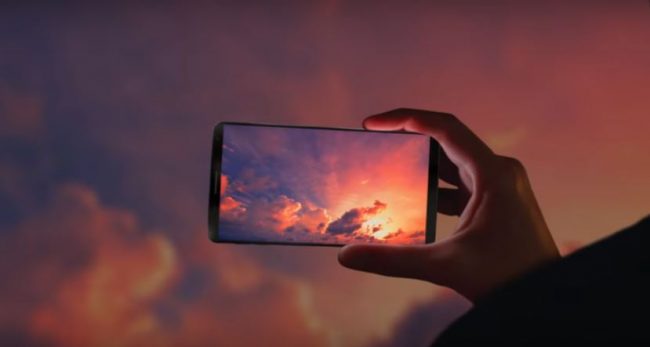The Samsung Galaxy Note 7 was one of the first smartphones to offer a different kind of security approving mechanism apart from fingerprint scanning. The iris sensor was a good, but short-lived feature which died along with the Note 7. The latest rumours surrounding the Galaxy 8 and 8 Plus have revealed that the company is now doing away with the iris scanning and will now be focussing on facial recognition.
Samsung official sources have confirmed that facial recognition will be added instead of iris scanning since the accuracy and the speed will be a lot faster when compared to scanning the eyes. They claim that the phone will take less than 0.01 seconds to unlock. This will be an interesting turn of events as even the upcoming iPhone 8 is rumoured to come with facial recognition built-in. It must also be noted that Samsung haven’t officially stated that they will be replacing the iris scanner with facial recognition just yet, so this rumour will be taken with a grain of salt.
It was stated earlier that the company would be using the same iris scanning technology as found in the Note 7, but it seems like there has been a change in the development. This rumour will probably only be confirmed when the phone is launched on March 29.
A few new leaks which have recently been released by Slashleaks also show the size comparison of the Galaxy S8 and the S8 Plus with other smartphones, in a side-by-side scale comparison. The S8 Plus has a massive 6.2-inch screen versus the iPhone 7 Plus’ 5.5-inch screen. The S8 is also just a tad taller than the iPhone 7, which has a 4.7-inch screen compared to Samsung’s 5.8-inch screen.
It just goes to show exactly what all can be fit and squeezed inside devices of that dimension nowadays. The difference in dimensions between the phones is not very different. The iPhone 7 Plus measures at 158.2×77.90 mm while the S8 Plus measures in at just around 159×74 mm. The iPhone 7 measures 138.30×67.10 mm and the S8 measures in at 148.9×68. The difference is barely noticeable. But for Samsung’s tech, it seems like they are going all out in order to deliver the best smartphone experience without sacrificing footprint and screen real-estate.
Both of Samsung’s flagships will be button-less from the front, keeping them both purely made of glass on the front, providing for a seamless piece of glass sheet without any interruptions on the front. Reports state that once the latest Samsung flagships are announced on March 29, they will be officially released a month after, being officially released on April 28.
